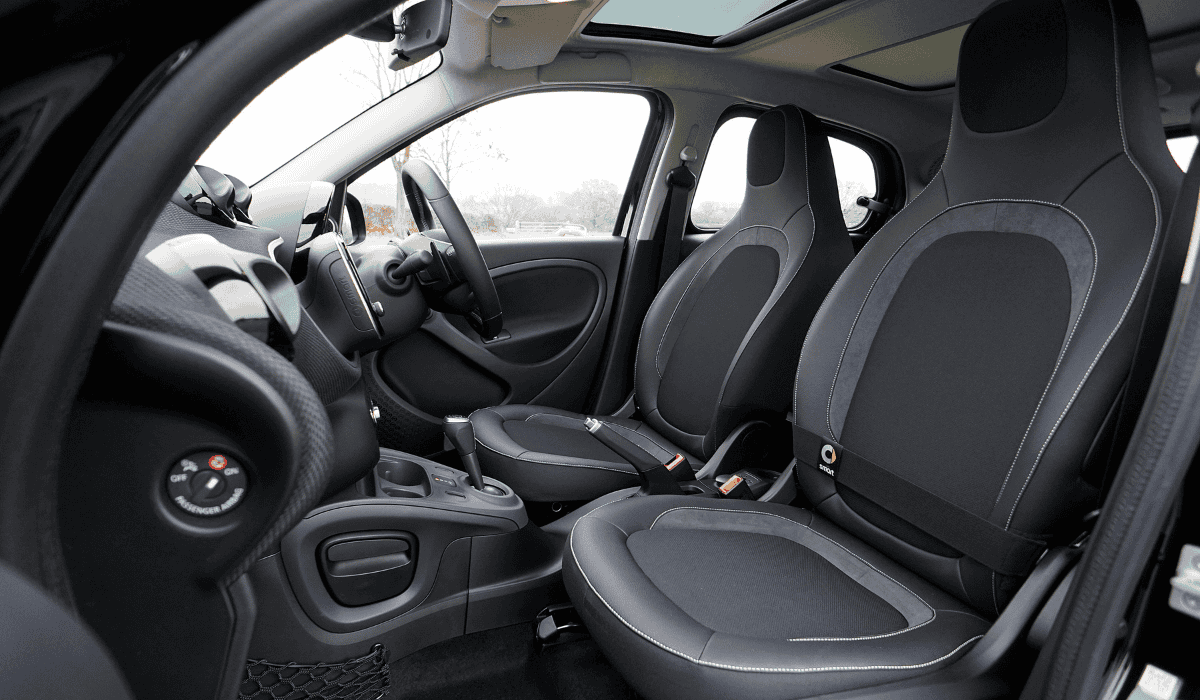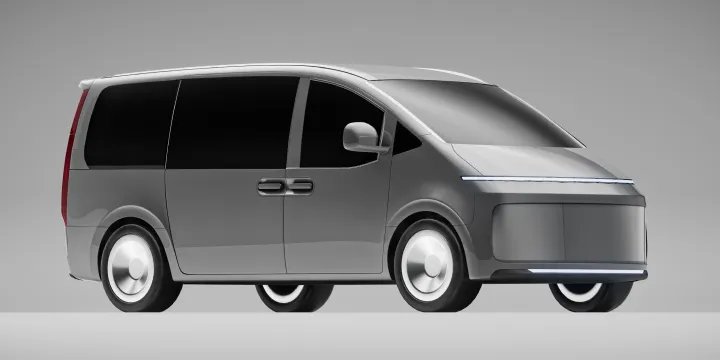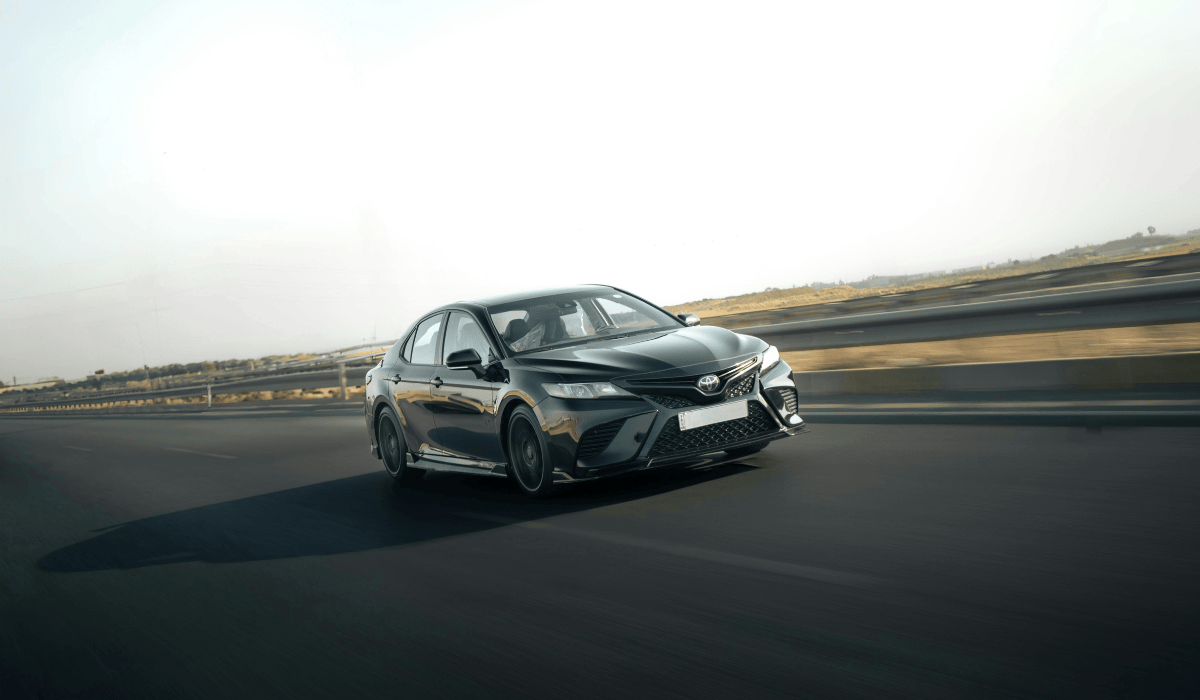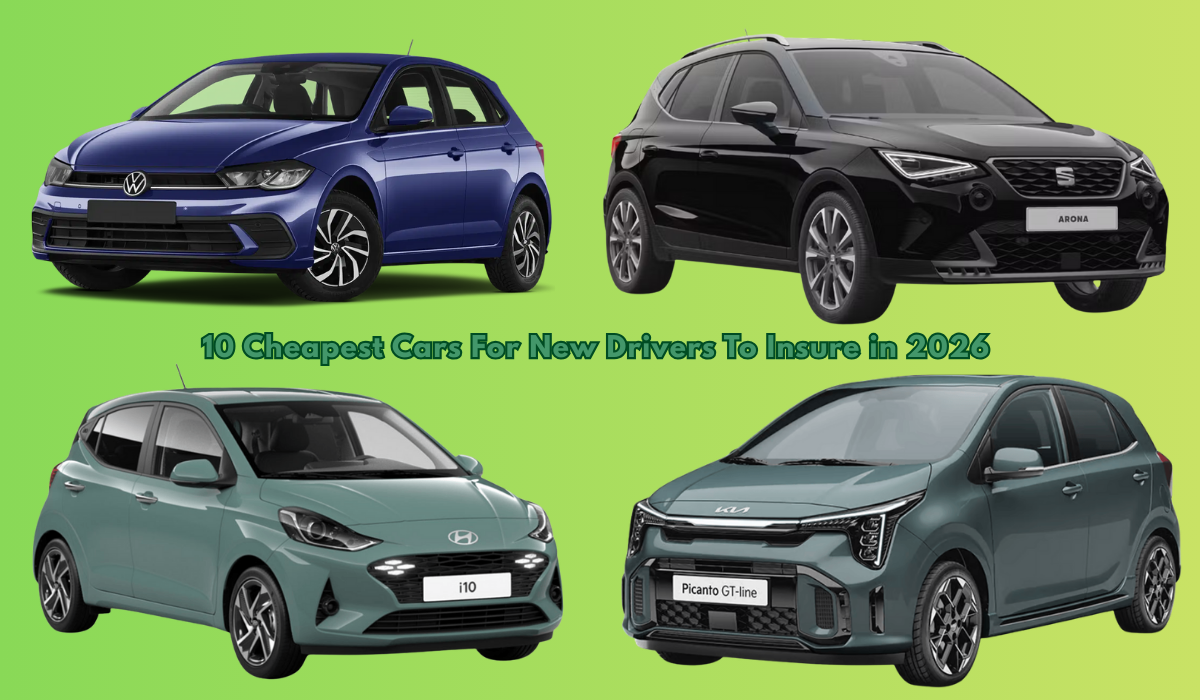To be eligible, drivers must meet the following criteria:
- They need to have finished a minimum of 500 trips
- They must have an Uber rating of at least 4.85
- Their vehicle must be no older than 7 years, meaning cars manufactured in or after 2018
- Their vehicle should be listed as Uber Comfort-eligible on Uber’s official list, for the driver’s city.
- The vehicle should meet the standard requirements for all Uber cars: PHV licence, good condition, four-door, private hire insurance, and no commercial branding.

Top Uber Comfort Vehicle Models for 2025
Choosing the right vehicle for Uber Comfort is about balancing ride quality, passenger space, reliability, and operating cost. Below are Ayan’s top picks for Uber Comfort car options available in the UK in 2025, with a breakdown of why they stand out, and what to watch out for.
Toyota Camry Hybrid
Pros: Reliable, offers an incredibly smooth-drive, fuel-efficient, has low running costs, and offers a ton of rear seat space - ideal for longer Comfort rides.
Con: The fuel-efficiency makes it super easy for drivers to rack up impressive amounts of miles with this car, so just ensure the hybrid battery is in good condition if buying used.
PCO alternative: Kia Niro plug-in hybrid (not the EV version as it isn’t eligible for Uber comfort)
Volkswagen Passat
Pros: Spacious cabin and smooth ride quality. The estate version adds generous boot space, making it ideal for airport trips and passengers with luggage.
Con: Check that the trim level offers enough in-cabin comfort features to meet rider expectations, some of the less costly trims can be quite stuffy in the back.
PCO alternative: the car listed just below this one… the Skoda Superb
Skoda Superb
Pros: Rear legroom is impressive and the boot is massive, especially in the estate variant. It’s well suited to Comfort-level journeys where space and quietness matter.
Con: Its larger size may require getting used to when navigating tighter city roads.
PCO alternative: It already is PCO eligible. In fact, it shares engineering with the VW Passat, making it a direct alternative if you work in London.
Mercedes-Benz C-Class
Pros: Looks beautiful, extremely comfortable and passengers will see the Mercedes badge and instantly be impressed.
Con: The obvious trade-off is higher upfront cost, more expensive insurance, and pricier repairs, i.e it’s spenny.
PCO alternative: Mercedes EQC. The same car, but electric.
Lexus ES
Pro: Exceptional ride quality. Incredibly quiet, smooth, and reliable
Con: Parts and servicing can be a bit more expensive than average, so it's worth checking dealership support in your area.
PCO alternative: Lexus ES 350e, it’s way more expensive than the standard trims, but eh, what do you expect when you’re working in London. Literally everything is more expensive.
BMW 3 Series
Pro: Extra space without compromising on driving dynamics. It’s a solid choice for those who want a sporty feel but still qualify for Uber Comfort.
Con: However, like other German vehicles, insurance and maintenance may be on the higher end.
PCO alternative: BMW 3 series 330e, similarly, the same car, but electric.
How to Choose the Right Comfort Car for You
When selecting a Comfort vehicle, consider your budget vs expected returns. Calculate not just purchase or lease cost, but insurance premiums, servicing, fuel or electricity costs, and resell value. Sometimes spending a little more upfront saves considerably over time.
Also think about fit for your area and work type. Do many Comfort requests come in your zone? If much of your driving is trips to the airport or long trips, comfort and boot space matter. If mostly short city rides… easier manoeuvrability, low running cost, and benefits of hybrid / EV may be more significant. Long story short, come up with a strategy, and pick the car that works best for that.
Finally, triple check this list for your city, to see which car would be eligible. There would be nothing worse than paying extra for Uber Comfort eligibility and being stuck with Uber X fares.

Conclusion
Choosing a top Uber Comfort vehicle in 2025 can give you a competitive edge: higher fares, satisfied passengers, and better ratings. But profitability depends on picking the right make, model, age, and calculating your full cost including running, insurance, and maintenance.








.svg)



.png)


.png)

.png)




